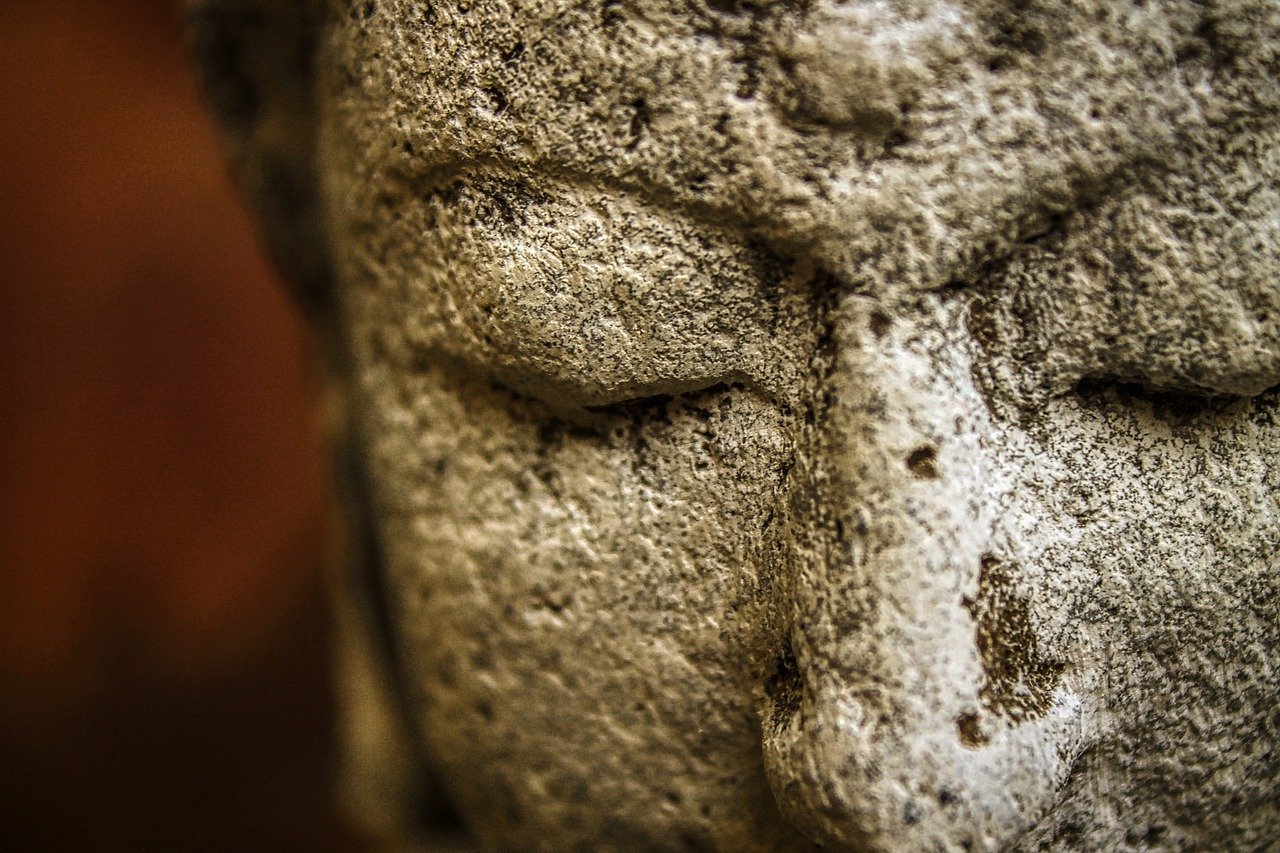
Why should additional needs limit your craving for adventure? Journalist Dawn Sanders, who has a visual impairment, argues impaired sight should not get in the way of free- spiritedness.
Two years ago I met a kindred spirit where I would never have expected to: at the Royal National College for the Blind.
Before going to the college, I generally didn’t spend much time at all around others with visual impairments, not for any particular reason other than that I don’t need to “stick to my own” within a subculture. For example, if I talk about coming to Exeter and not being able to find like minds, official-types often say, ‘Have you tried the local Royal National Institute for the Blind?’ and I think, I don’t need to stay in a bubble. And I don’t do institutions.
In my wealth of life experience, when I have convened with others with a visual impairment, they tend to stay within comfort zones or are just generally conservative in many respects (and I don’t mean politically). When I have met someone more flamboyant or daring who is visually impaired, they tend to stand out, and in exceptionally high-profile cases – at the risk of sounding sanctimonious – they’re almost certainly held up as “inspiring”.
I never thought immigrating alone to the UK at twenty-four was especially brave, though maybe a little stupid with hindsight, as I made few plans and just did it. So, when I met Harmony Neil at the College and she told me how she went travelling on her own, with little planning or familiarization with a place, I knew we would get on.
At the time of writing, she was travelling solo to Finland for the second time: her travel blog is here.
In embarking on her travels, Harmony said: “I tend to have an idea of where I want to go, so I find out about the bus/train/plane times in advance.” When first going to Finland, she travelled between Helsinki and Rovaniemi, sampling restaurants, shops, a husky farm and reindeer farm on a tour; the second time she did more practical things.

Image courtesy of Harmony Neil
She doesn’t emphasise being visually impaired, in fact she doesn’t mention it apart from addressing how people sometimes grab at a white-cane-user. It’s really no big deal. Of course, as visually impaired people we all have to get help with crossing unfamiliar roads, or take taxis, but it’s travelling to unknown destinations that triggers the awe factor in people.
I have lived off-grid in an eco-village and went travelling on my own as a single mum with a severe visual impairment – child in tow, rucksacks and push chair. We did festivals, Stonehenge, Morocco, rainbow gatherings and Ireland. So yes, it really is possible to live less conventionally and on one’s own terms with additional challenges. There is this ingrained notion that because someone has additional needs, they must wrap themselves in cotton wool or be wrapped up by others, who are forever making presumptions. Someone once asked what I enjoyed doing. I replied I love going walking; he said he knew of a group for people with various types of ‘disabilities’ – some in wheelchairs, some not. I snapped, “why should I be in a segregated group?” I don’t have bad legs, don’t need level ground. I climb stiles and prefer the challenge of rugged terrain. He caught my irritation.

I have written of this in my blog Discrimination to Walk. I disagree with leading blindness blogger Ashley Nemeth, who says: “Before hiking can be possible for someone with vision loss, safety needs to be the first thing to think about.” Not only does this sound paranoid, but it suggests spontaneity can never be possible if you are visually impaired or with other challenges. It is exactly what those of us who crave adventure rail against as oppressive, limiting one’s lifestyle under the smokescreen of health and safety. While safety is important, statements like Nemeth’s leave the floodgates open for too much control over those needing more assistance in doing what most people take for granted.
Harmony says: “Although exploring places is fun, I still end up doing a whole thing of what am I going to do and where am I going to go and what will I do when I get there.”

Recently Harmony came to visit me and I took her on a route through the local woods. We stopped to hug a favourite tree and the next thing was to climb the stile from the woods into the little play park, follow the perimeter fence and exit as I usually did, by hopping the low section of fence adjacent to the gate, directly opposite the wooden fence on the other side of the road, a landmark to the way home. But I couldn’t find the stile. It wasn’t materialising in the direction I thought it was. I walked round in circles with her for about ten minutes, and any bird in a tree observing two blind humans, sticks extended, would have gotten the laugh of their day… I eventually found the stile, we climbed it and walked through the park. When we got to where I hop over, a kid shouted, “You can use the gate, you can’t do that.” I said, “Yes I can” and we went over – I could feel eyes burning into my back. I couldn’t resist saying: “Well the only way I’ll get a leg over is by climbing the fence!” She laughed and we walked back to my flat.
For those of us needing more adventure, thriving on the fringes of predictable, it should be a given that being free-spirited or bohemian doesn’t necessarily mean with full vision, hearing, walking, mental capacity and so on. After all, our hearts all beat to different drums.




